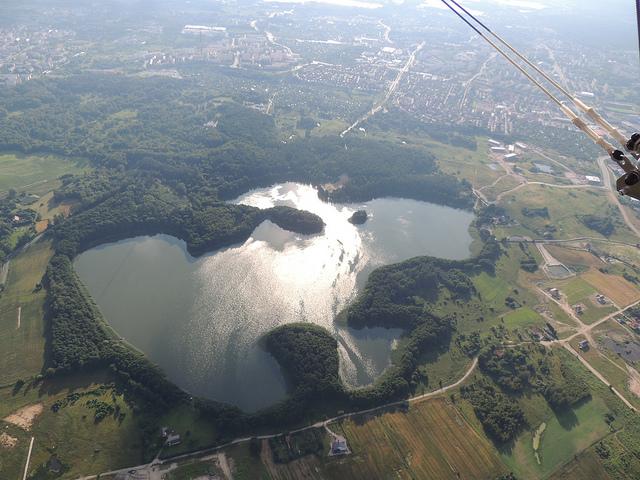The region of Masuria located in the north-eastern part of Poland is also called “the green lung” of Europe. Poland’s largest lake landscape impresses with its untouched nature, a rich cultural heritage and a lively history. Almost 3,000 lakes are part of the Masuria region which are partly connected by rivers and channels what makes the region a perfect destination for boat trips. Not only leisure-captains will love the picturesque lake landscape, it is also a great place for hikers and bikers. At the Sperlingsee, the biggest Masurian lake, is a paradise for sailing due to the favorable wind conditions. The small fishing village Mikolajki, also called „Venice of Masuria“, invites you to stroll along the romantic promenade. The church of the Holy Spirit bears the signature of Karl Friedrich Schinkels.
The tourist center of Masuria is the town of Olsztyn, towered by the Ordensburg. The castle from the 14th century houses a museum. To enter the historic old town you have to pass the Big Gate. Everyone who is looking for loneliness in the Masuria region should go hiking in the highlands, located close to the lakes. This part of Masuria can also be discovered by a nostalgic narrow-gauge railway. The last “jungles” in Europe can be discovered in the Borken Heath. The Wigierski National Park is a great place for hiking, cycling or horse riding.
Wolfsschanze (Wolf’s Lair)
The historic Wolfsschanze, called Wilczy Szaniec in Polish, was Hitler’s headquarter in the Polish Lake District. The complex consists of seven very robust bunker and further accommodations for more than 2,000 people. It was built during the Second World War by a huge number of working men. The Wolfsschanze has become famous for the failed assassination attempt on Hitler arranged by Claus Earl of Stauffenberg. Today you can visit the site and join a guided tour to learn more about the history.
Rominter Heathland
The Rominter Heathland is a heathland- and forest region in Masuria, bordering on the Russian area Kaliningrad. It has the picturesque nickname “East Prussia’s enchanted forest”. In the past the Rominter Heathland had been a popular hunting ground for red deer. Today you still find elks, deer and even lynxes in the forest. The touristic offer is still in development, however, if you prepare yourself for the marked hiking paths, you can easily get to know the beauty of the landscape.
Tannenberg-Memorial
In the town of Hohenstein in East Prussia, the Tannenberg-Memorial, finished in 1927, had been located. It was built as a memory of the Tannenberg battle in 1410 during the Lithuanian Wars of the German Order which has been part of the Polish-Lithuanian force at this time. However, before the Red Army marched up, the German troops had already blew up the obelisk in 1945. Today you can still see some remains of the obelisk. Every year, Tannenberg hosts opulent medieval games where historic fights are performed.
Heilige Linde (Holy Linden Tree)
Heilige Linde is a famous Polish pilgrimage village close to the town of Rastenburg. Jesuits had built a pilgrim church in the middle of the village, housing one of the most famous Marian Shrines in Poland. The church and the nearby monastery are the most important milestones of the baroque in the north of the country. The abundant interior amazes the numerous visitors. A man condemned to death had hung up a Madonna painting at the linden tree to show appreciation for his pardon. Afterwards many miracles have happened at this linden tree.
Steinort Castle
The Steinort castle was built in the 17th century by the Lehndorff family who were also inhabitants of the building for many centuries. Although the castle almost remained legible during the Second World War, the building has more and more ran down in the course of time. As renovation work has just started, visitors can only tour the outdoor area of the castle. In the future, a German-Polish Encounter Center will be located here. In the nearby town you find one of the biggest motorboat harbours of the Masuria Lake District.
Schlobitten Castle
Scary and fascinating are the ruins of the Schlobitten castle. It is hidden behind trees, surrounded by a run-down garden. The building was already built in the 17th century by the family Dohna and had been destroyed in the Second World War by the Red Army. However, the castle has not lost its mystical atmosphere.
 © miss Murasaki / Flickr [CC BY-SA 2.0]
© miss Murasaki / Flickr [CC BY-SA 2.0]